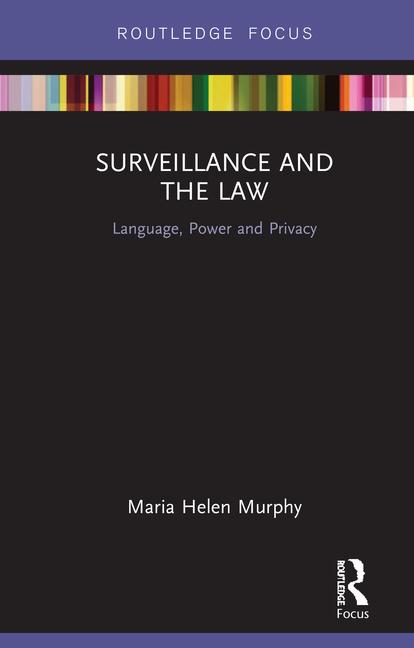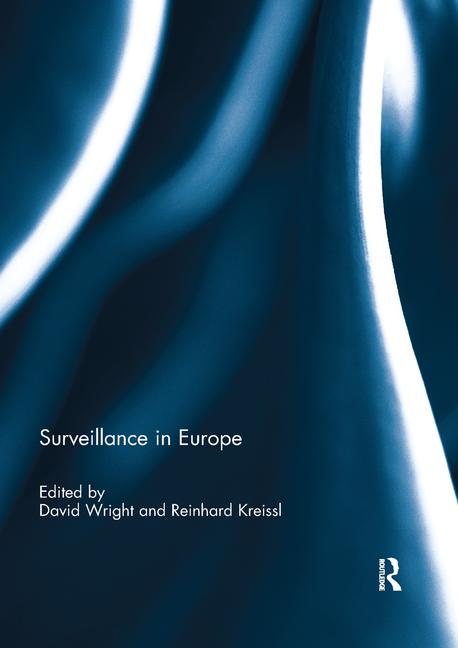The Future of Video Verification
As AI and deep learning improve, we will be able to add ... data to our visual and audio verification to mitigate human error.

The one constant is change. Verification, though an old term, continues to evolve in its meaning. Our industry is on the precipice of being able to progress in a way never seen. One of the foundations of our value proposition is to dispatch policy and EMS in an event; though technology and standards have helped in mitigating the number of false dispatches, we continue to be plagued with a 98 percent false alarm rate on the events we do dispatch to law enforcement. What is the answer?
Verification is a vital part of the equation. Currently this involves video and audio devices used to verify that a human is present and a high probability of crime is in progress. Verification is not a new concept but traditionally there has been a relatively low penetration into the marketplace. We have seen the marketplace flooded with smart and IoT devices in recent years. Every day technology advances are bringing more intelligent devices, including for video and audio. We are seeing advances in deep learning machines and artificial intelligence (AI) to provide functional information to our monitoring centers and end users. We have also seen advances in our process automation with programs like ASAP to PSAP, authentication and GEO fencing.
Due to greater connectivity and availability of connected devices, we are seeing a demand for greater integrations and end user involvement, but how will we marry that with security and verification? End users can now have a complete picture at their fingertips of what is going on in their home and business, to help them make intelligent decisions. The thermostat knows if the homeowner is present, the smart door indicates the lock status and the video intercom interacts with people at the door. Facial recognition and deep learning on these devices help the home or business owner recognize a known person, such as a janitor. All of these data streams are pieces in the puzzle of what is happening, and they can give a full, rich picture.
What does this mean for verification and video monitoring? As AI and deep learning improve, we will be able to add this data to our visual and audio verification to mitigate human error. We will be able to leverage this data and end user interaction to take verification to the next level. One impediment to widespread adoption of verification has been cost and complexity of deployment. Once upon a time you needed a high level VMS and onerous technical support on the end user’s network. Consumer demand for greater connectivity has led manufacturers to improve costs and simplify installation. Applications such as Alarm.com and Total Connect continue to improve the end user experience.
Video hardware is becoming ubiquitous; the future is the software and features to augment the hardware. Larry Folsom, president of I-View Now and past president of Partnership for Priority Verified Alarm Response (PPVAR), has been an innovator in providing video verification solutions for dealers to deploy. Looking to the future, we see a time where we will be able to interact with the end user and leverage all data streams to provide great accuracy in verification and real information to law enforcement. This will be a force multiplier for our industry and law enforcement. The future of video verification is marrying better data with professional monitoring to provide real value to our subscribers, our communities and law enforcement.
Looking for a reprint of this article?
From high-res PDFs to custom plaques, order your copy today!








